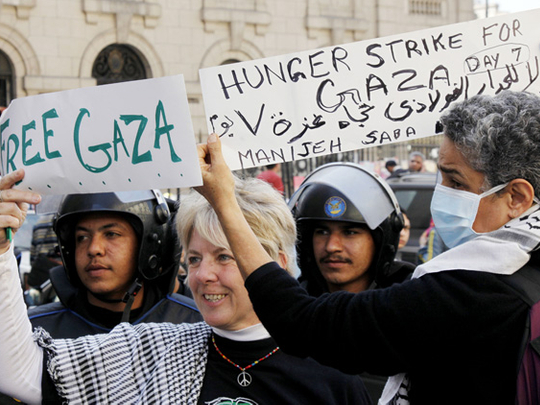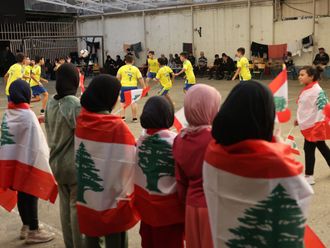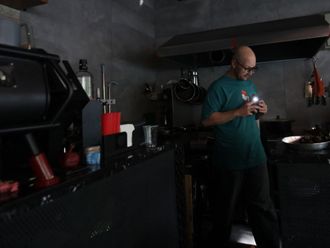
Gaza: Thousands of Gazans were made homeless during Israel's three-week military offensive against the Hamas-ruled territory a year ago. Most Gazans are still living in tents.
Majid Al Athamna is one of these homeless people but he is considered lucky to receive the key to his new house from the UN officials. He left his tent to live in a mud house, which the officials told him was just a temporary replacement for the house the Israelis demolished nearly a year ago.
The Al Athamna family is the first to receive a house from the UNRWA which is planning to build more mud-brick houses. The house has two bedrooms, a kitchen and a bathroom.
According to UNRWA officials it was built using locally-made mud bricks as well as salvaged bricks from destroyed homes. According to supervisors of the project they use three per cent cement in every mud brick to help make the construction strong enough and inexpensive.
Those parts of the territory most devastated by the war, like the sprawling wasteland of Ezbet Abed Rabbo, where the Al Athamna family lives, have changed little since the fighting came to an end.
Stopgap measure
The Athamna family became the first recipients of a mud-brick home built by the UN agency for Palestinian refugees as a stopgap measure to help some of Gaza's homeless survive another winter with no reconstruction in sight.
The first phase of the project calls for the construction of 120 homes at a cost of $12,000 to $15,000 (Dh44,040 to Dh55,050) each with funding from Kuwait and the Red Crescent Society of the United Arab Emirates.
"This is not an alternative to reconstruction," said Adnan Abu Hasna'a, a spokesman for the UN Relief and Works Agency (UNRWA), adding that Al Athamna's home is a "model" for scores of mud-brick homes the agency plans to build.
The agency is training workers to make the mud bricks at its headquarters and hopes to provide dozens of jobs in the territory where more than 80 per cent of the population relies on foreign aid.
Al Athamna's home was destroyed after some 60 members of his extended family fled their homes and moved there. Israeli troops ordered them out before they blew it up and razed it with bulldozers. Now the whole family lives in a 70 square-metre mud-brick house.
A few metres away, the dingy tent and small mobile shelter where the whole family was for most of last year are still standing.
"A year is long enough," said Abu Raid Al Athamna, also homeless. "We thank UNRWA for this aid, which will make the world pay attention to our disastrous conditions."
"It's a reminder of our tragedy," Abu Raid Al Athamna says. "Every time I look at the tent I realise how good the mud house is."
"A mud hut is still better than a tent. It's not a solution to the reconstruction of Gaza but it shows you how desperate the situation is, that a year later, people living in tents have the hopeful prospect of getting a temporary mud brick shelter," he added. "Sixty years ago we were living in tents because of Israel and now ... in 2010 we are living in mud houses and tents also because of Israel," he added.












